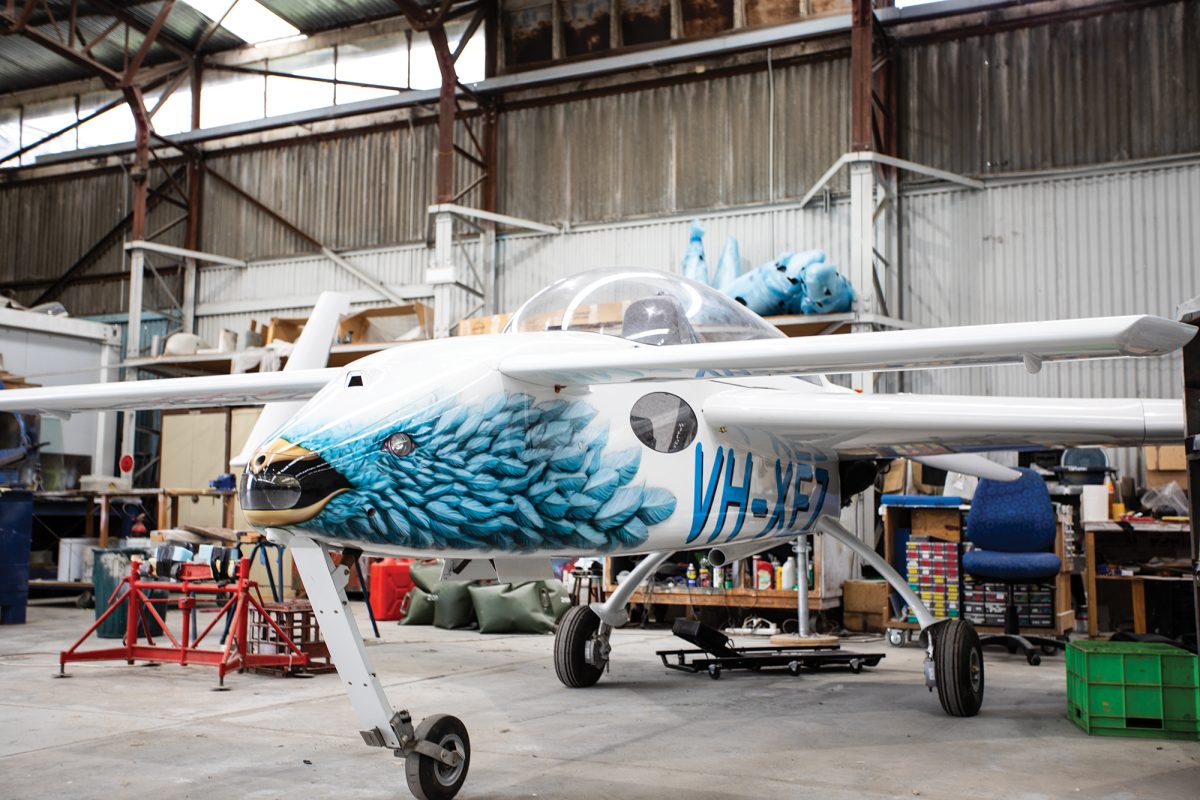Think back to all the flying schools you have seen during your aviation experiences, regardless of the organisation they were approved to operate under.
Were the locations presented professionally? Was the office and hangar clean and neat? Were safety posters and information provided? Were the instructors engaged, involved and enthusiastic? Were the aircraft presented in good condition, clean and well-maintained?
The answers to these questions tell us a lot about the type of operation conducted at the location, and much of that rests on the shoulders of the Chief Flying Instructor (CFI), who ‘sets the tone’ at the school. Successful flight training schools are generally the result of the leadership demonstrated by the CFI. Leadership courses and training materials may provide some of the required information for leadership, however being a leader is also about demeanour and conduct, and their willingness to hold themselves and others to a specific standard of behaviour. How the leader conducts themselves when interacting with their team (the instructors, pilots and maintainers at the school), the way flight training is delivered, followed up and completed sends a powerful message without the leader saying anything.
Likewise, how accidents, incidents and identified hazards are reported and managed, and whether the leader dismisses possible safety issues or strives to learn from these opportunities to improve is another way to demonstrate leadership.
While a CFI approval is generally outlined in manuals using minimum aeronautical experience and other requirements, there is definitely more to the actual conduct of the role of CFI. The requirements of the manual provide the minimum criteria that CFI candidates must meet, the tangible things that can be assessed for approval. The intangible things are the basis of a CFI’s leadership qualities. A CFI candidate may even have demonstrated leadership while acting in a subordinate role at the school, as an instructor, maintainer, or even during training as a student.
At the airport, a CFI is also generally viewed as a leader in the aviation community. How does the CFI conduct their personal and training flights? Is it in accordance with the operational, flight and radio procedures required or do they cut corners, and accept the minimum from students, pilots and instructors? Do they expect everyone to conduct themselves to the highest possible standards or accept and therefore tacitly condone behaviour which does not promote safe flying?
“A leader is one who knows the way, goes the way and shows the way,” – John Maxwell.
Leadership can include how the CFI manages disputes at the airport. As hard as it is to believe, pilots make mistakes, in circuits, on the ground or while operating aircraft and as a result a conflict with another pilot or aircraft can occur. If such events are effectively managed by the CFI, leadership is again demonstrated. If the CFI is seen to support one side or the other, without considering the overall safety issues, leadership can be affected.
Similarly, if the aircraft used at the school, or by the CFI personally, are permitted to operate with maintenance issues, minor problems or are not kept relatively clean, the leadership demonstrated says it is ok to not look after equipment or accept a minor maintenance issue, which could develop into a major maintenance or safety issue. However, as an organisation, RAAus cannot assess, judge or refrain from issuing CFI approvals to those who may not be leaders or demonstrate leadership qualities.
The points above can as easily be considered for those pilots who are considering becoming instructors. While any pilot should be able to complete an instructor training course, meet the tangible requirements of aeronautical experience and other minimums, it is also important that they are aware of, and continue to build necessary leadership skills to become not only a good flying instructor, but a leader in their community.
This includes a willingness to self-assess, in a nonjudgmental way, the accuracy of their personal flying, the way they conduct circuits, their willingness to admit mistakes, learn from them and develop as a pilot and instructor.
So next time you are in a school training environment, take a look around, see how the organisation portrays itself, what it will accept and determine if the leader is effectively leading or just letting things happen.







